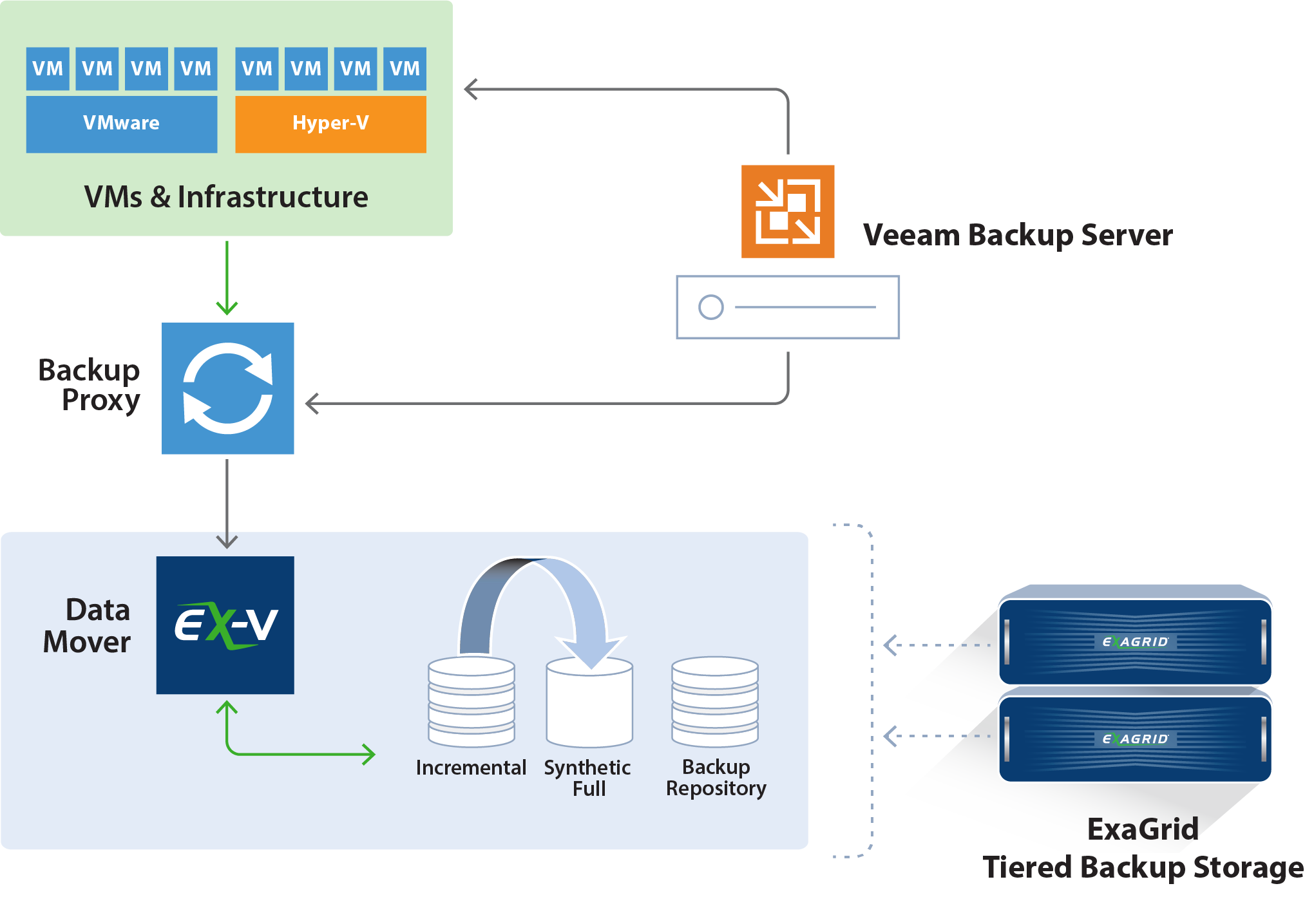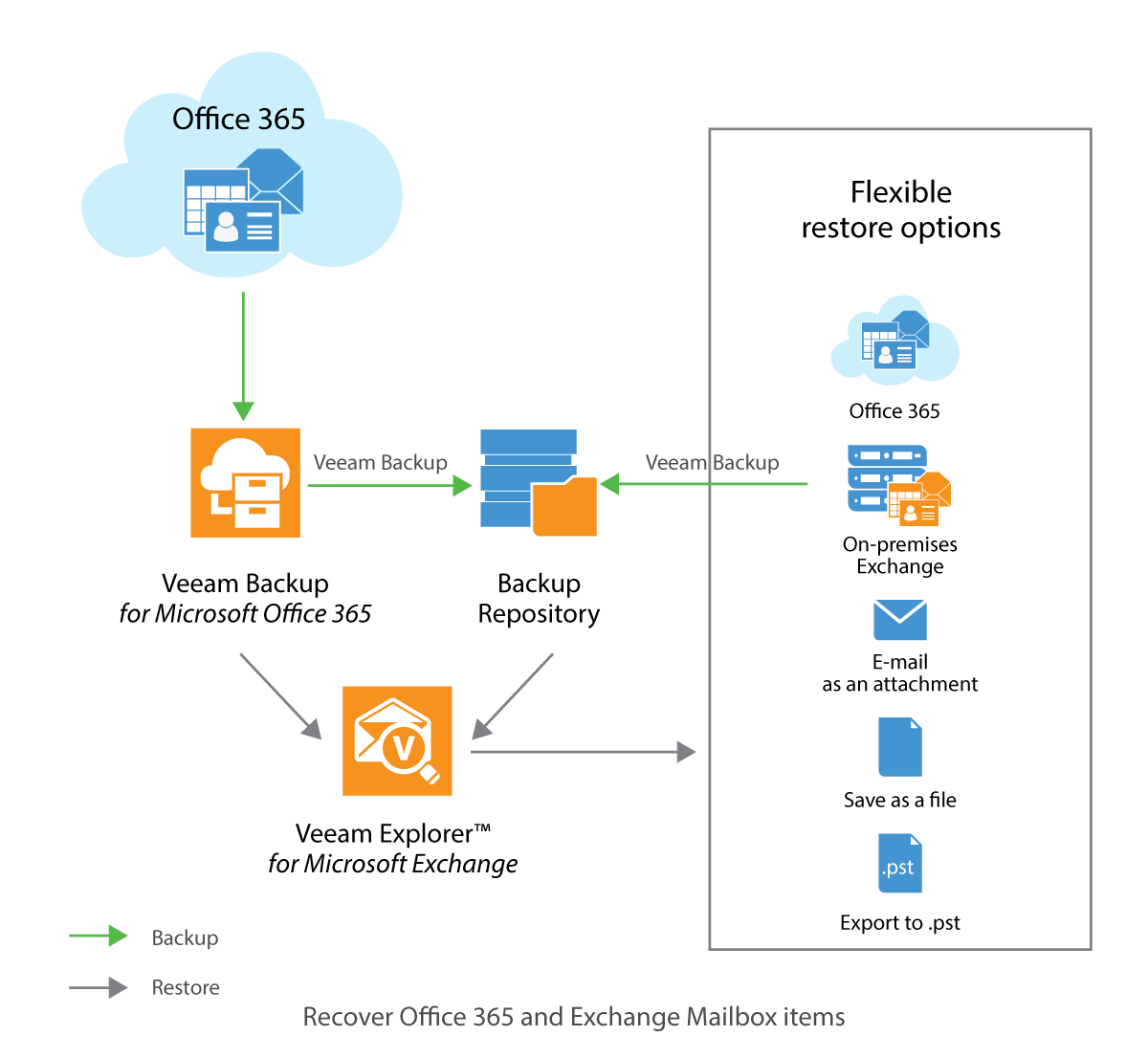

This virtual network closely resembles a traditional network that you'd operate in your own data center, with the benefits of using the scalable infrastructure of AWS. You can use Amazon S3 to store and retrieve any amount of data at any time, from anywhere on the web.Īmazon Virtual Private Cloud (Amazon VPC) provisions a logically isolated section of the AWS Cloud where you can launch AWS resources in a virtual network that you've defined. With IAM, you can centrally manage users, security credentials such as access keys, and permissions that control which AWS resources users and applications can access.Īmazon Simple Storage Service (Amazon S3) is an object storage service. You can use Amazon EC2 to launch as many or as few virtual servers as you need, and you can scale out or scale in.ĪWS Identity and Access Management (IAM) is a web service for securely controlling access to AWS services. You can manage and provision stacks across multiple AWS accounts and AWS Regions.Īmazon Elastic Compute Cloud (Amazon EC2) provides scalable computing capacity in the AWS Cloud. You can use a template to describe your resources and their dependencies, and launch and configure them together as a stack, instead of managing resources individually. Veeam Backup & Replication is a solution from Veeam for protecting, backing up, replicating, and restoring your virtual and physical workloads.ĪWS CloudFormation helps you model and set up your AWS resources, provision them quickly and consistently, and manage them throughout their lifecycle. The templates include both standard and immutable options. You can automate the creation of IAM resources and S3 buckets by using the AWS CloudFormation templates provided in the VeeamHub GitHub repository.
#Veeam data backup archive#
Veeam uses the scale-out backup repository to tier data automatically between local (performance tier) and Amazon S3 object storage (capacity and archive tiers).Īmazon S3 (3) – AWS object storage service that offers scalability, data availability, security, and performance. The scale-out backup repository consists of one or more backup repositories that provide fast access to data and can be expanded with Amazon S3 object storage repositories for long-term storage (capacity tier) and archiving (archive tier). Scale-out backup repository (2) – Repository system with horizontal scaling support for multi-tier storage of data. Veeam gateway server (not shown in the diagram) – An optional on-premises gateway server that is required if the Veeam backup server doesn’t have outbound connectivity to Amazon S3. Veeam Backup & Replication (1) – The backup server that is responsible for coordinating, controlling, and managing backup infrastructure, settings, jobs, recovery tasks, and other processes. For information about that topic, see Veeam Backup & Replication using AWS VTL Gateway - Deployment Guide on the Veeam website.

#Veeam data backup how to#
This pattern doesn’t cover how to set up Veeam Backup & Replication with a tape gateway in Amazon Web Services (AWS) Storage Gateway. You can also use S3 Object Lock to make backups immutable within Amazon S3. If you’re planning to archive data for 90 days or longer, you can use Amazon Simple Storage Service Glacier with Veeam’s archive tier.

For example, you can store data that you don’t plan to use for 30 days or longer in Amazon S3 infrequent access (IA) for lower cost. You can choose the type of storage based on the data access, resiliency, and cost requirements of your backup or archive data. Veeam supports multiple Amazon S3 storage classes to best fit your specific needs.

This pattern details the process for sending backups created by Veeam Backup & Replication to supported Amazon Simple Storage Service (Amazon S3) object storage classes by using the Veeam scale-out backup repository capability. AWS services: Amazon EC2 Amazon S3 Amazon S3 Glacier


 0 kommentar(er)
0 kommentar(er)
